Learn how and when to harvest garlic on the homestead, including planting tips, fertilizing, harvesting, storing, and selecting the best garlic varieties for cooking. Discover everything you need to know for a successful garlic harvest.
Garlic is not just a staple in our homestead's kitchen but a cornerstone, infusing its distinct flavor into our everyday meals. As July rolls around here in zone 6a, it's time for the hardneck garlic, planted last October, to be harvested, a crucial step in ensuring our meals are always flavorful.
We grow around 80-100 bulbs annually to ensure a year's supply until the next harvest season. Among the varieties we grow are Chesnok Red, Music, and German White. With my knowledge of our homestead, I will share everything you need to know about planting, fertilizing, harvesting, storing, and choosing the best garlic for cooking.
When to Plant Garlic on Your Homestead:
Garlic is typically planted in the fall, about four to six weeks before the ground freezes. In zone 6a, this timing usually falls in late October. Planting garlic in the fall allows the cloves to establish roots before winter, leading to a robust harvest in mid-summer.
To Plant Garlic:
- Choose a sunny location with well-drained soil.
- Prepare the soil by adding compost or well-rotted manure to enrich it. This is where our permaculture comes into play.
- Break apart the garlic bulbsinto individual cloves, keeping the papery husk intact.
- Plant each clove about 2 inches deep, pointed end up, and space them 4-6 inches apart in rows that are 1 foot apart.
- Cover the planted cloves with organic mulch to protect them from the cold and to suppress weeds. You can choose straw, composted leaves, pine shavings, natural mulch (without dyes).
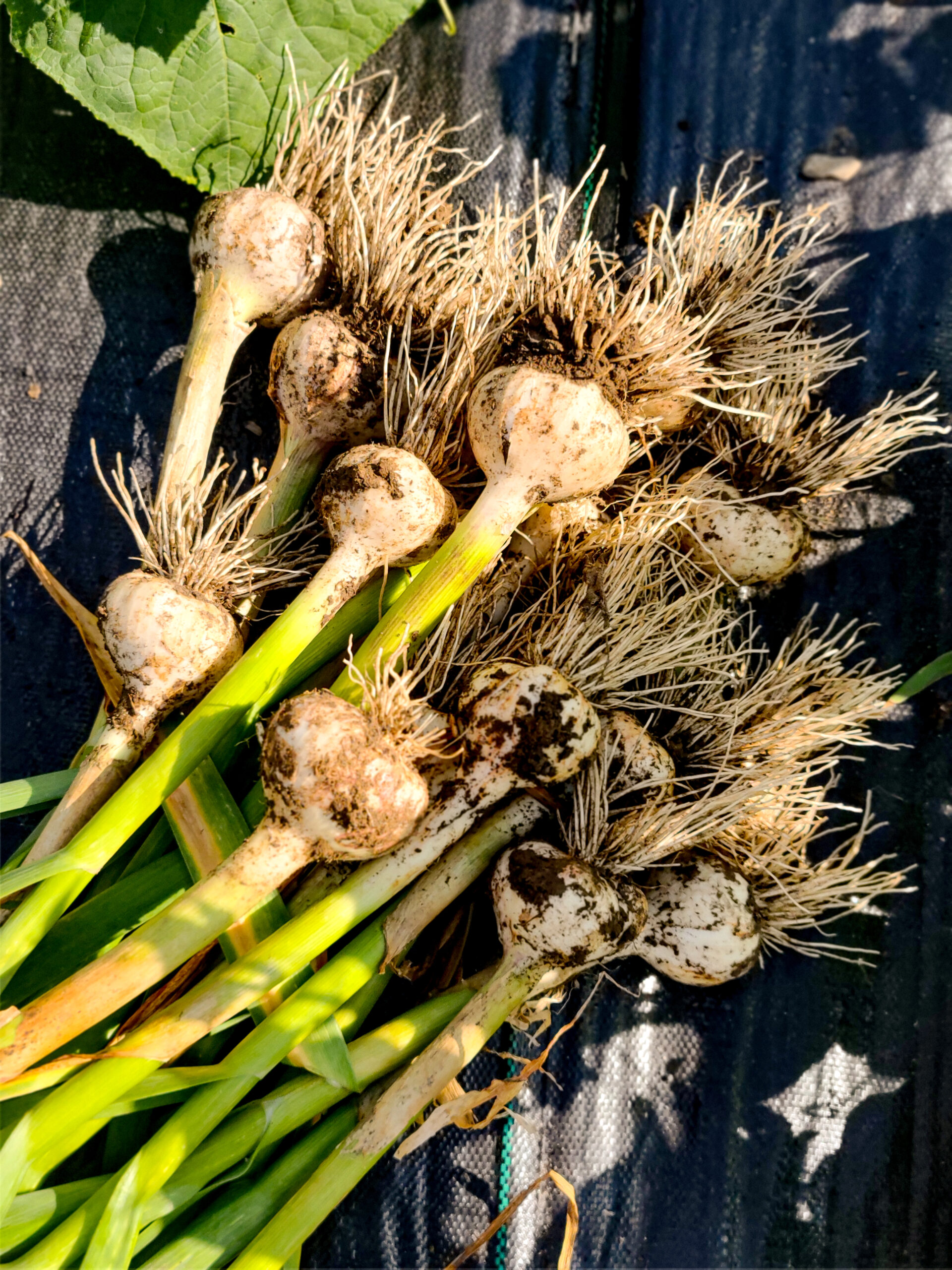
How Much Garlic to Plant to Feed a Family for a Year:
Determining how much garlic to plant depends on your family's consumption. For our large family, 80-100 bulbs provide enough garlic to last an entire year. Here's a general guideline to help you decide how much to plant:
- Estimate Usage: Consider how often you use garlic in your cooking. An average family might use one to two cloves per meal.
- Calculate Quantity: If you use one clove per day, you’ll need 365 cloves for a year. Since each bulb contains about 10 cloves, you’ll need to plant around 40 bulbs.
- Add a Buffer: Plant extra to account for losses due to disease, pests, or poor growing conditions. Planting 50-60 bulbs should provide a sufficient buffer.
How to Fertilize with Fish Emulsion:
Fish emulsion is a great organic fertilizer for garlic, providing essential nutrients like nitrogen, phosphorus, and potassium. Garlic is a heavy feeder and needs that extra boost of nutrients.
Here’s how to fertilize garlic with fish emulsion:
- Dilute the Fish Emulsion: Mix the fish emulsion with water according to the package instructions. A typical ratio is one tablespoon of fish emulsion per gallon of water.
- Apply During Planting: When planting the cloves in the fall, water them with the diluted fish emulsion to give them a nutrient boost.
- Feed in Spring: Once the garlic starts growing in the spring, apply the fish emulsion every three to four weeks. Pour the diluted solution around the base of each plant, being careful to avoid the foliage.
- Stop Fertilizing: Cease fertilizing a few weeks before harvest to allow the bulbs to mature properly.
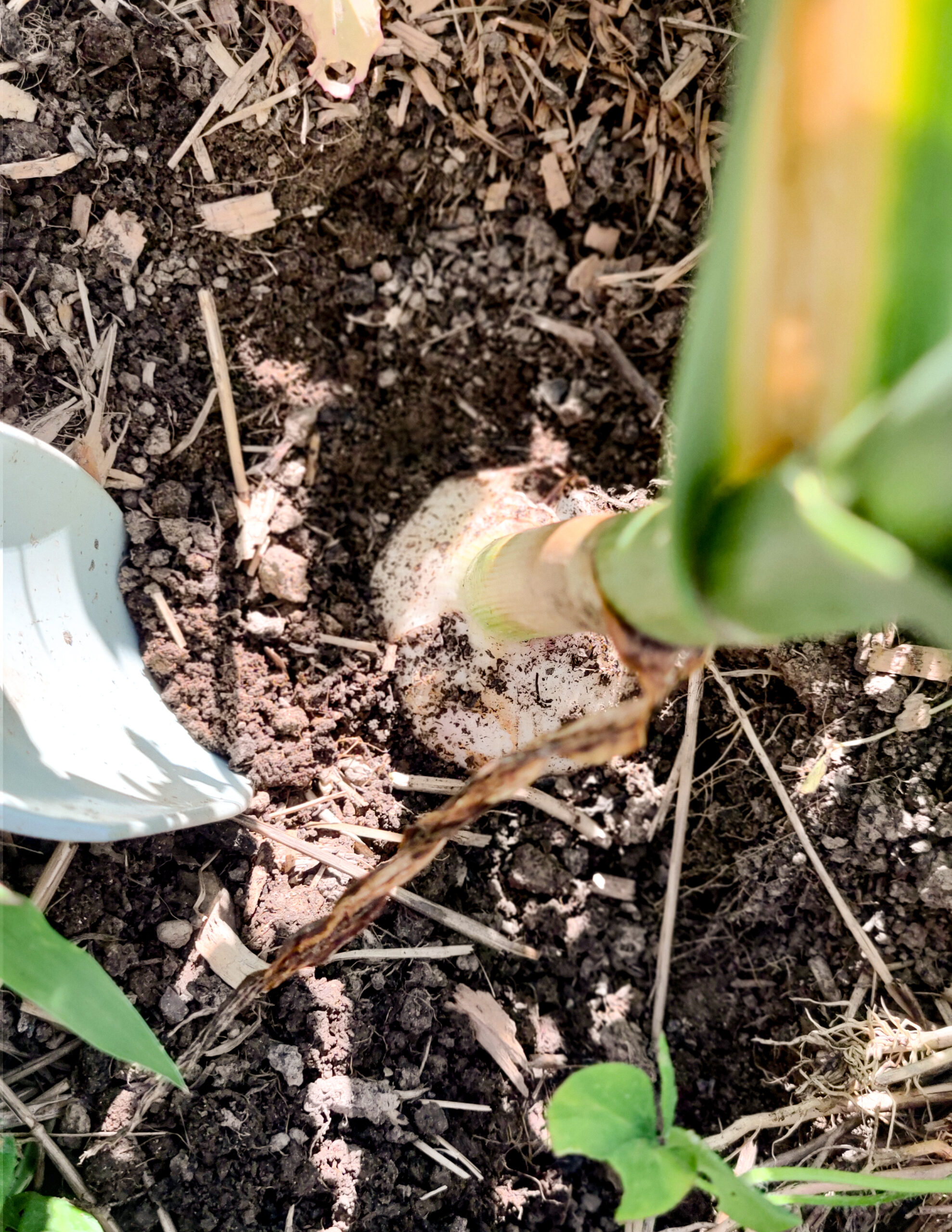
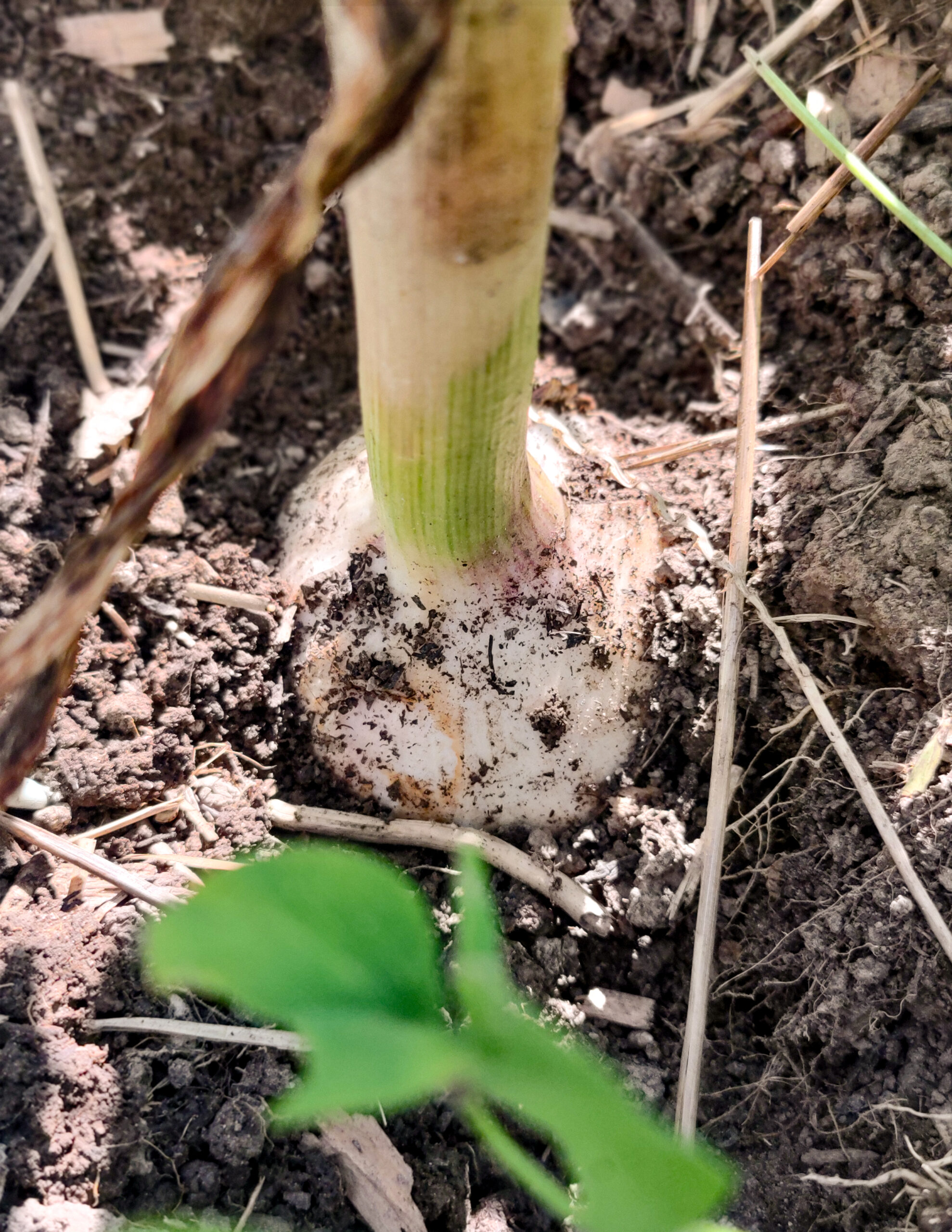
How to Harvest and Store Garlic:
Harvesting garlic at the right time is crucial to ensure the best flavor and storage quality. Here’s a step-by-step guide to harvesting and storing garlic:
- Know When to Harvest: In mid-July, hardneck garlic is usually ready for harvest when the lower leaves turn brown, but five or six green leaves remain.
- Loosen the Soil: Carefully use a garden fork to loosen the soil around the bulbs. Avoid damaging the bulbs.
- Lift the Bulbs: Gently lift the bulbs out of the soil. Avoid pulling them out by the stems as this can cause damage.
- Brush Off Dirt: Lightly brush off the excess dirt from the bulbs. Please do not wash them, as moisture can lead to rot.
- Cure the Garlic: Hang the garlic in bundles or lay them out on a mesh surface in a well-ventilated, dry area out of direct sunlight. Cure for about 2-4 weeks until the skins are papery and the roots are dry.
- Trim and Store: Trash the roots and cut the stems to about an inch above the bulb once cured. Store the garlic in a cool, dry place with good air circulation, such as a mesh bag or a hanging braid.
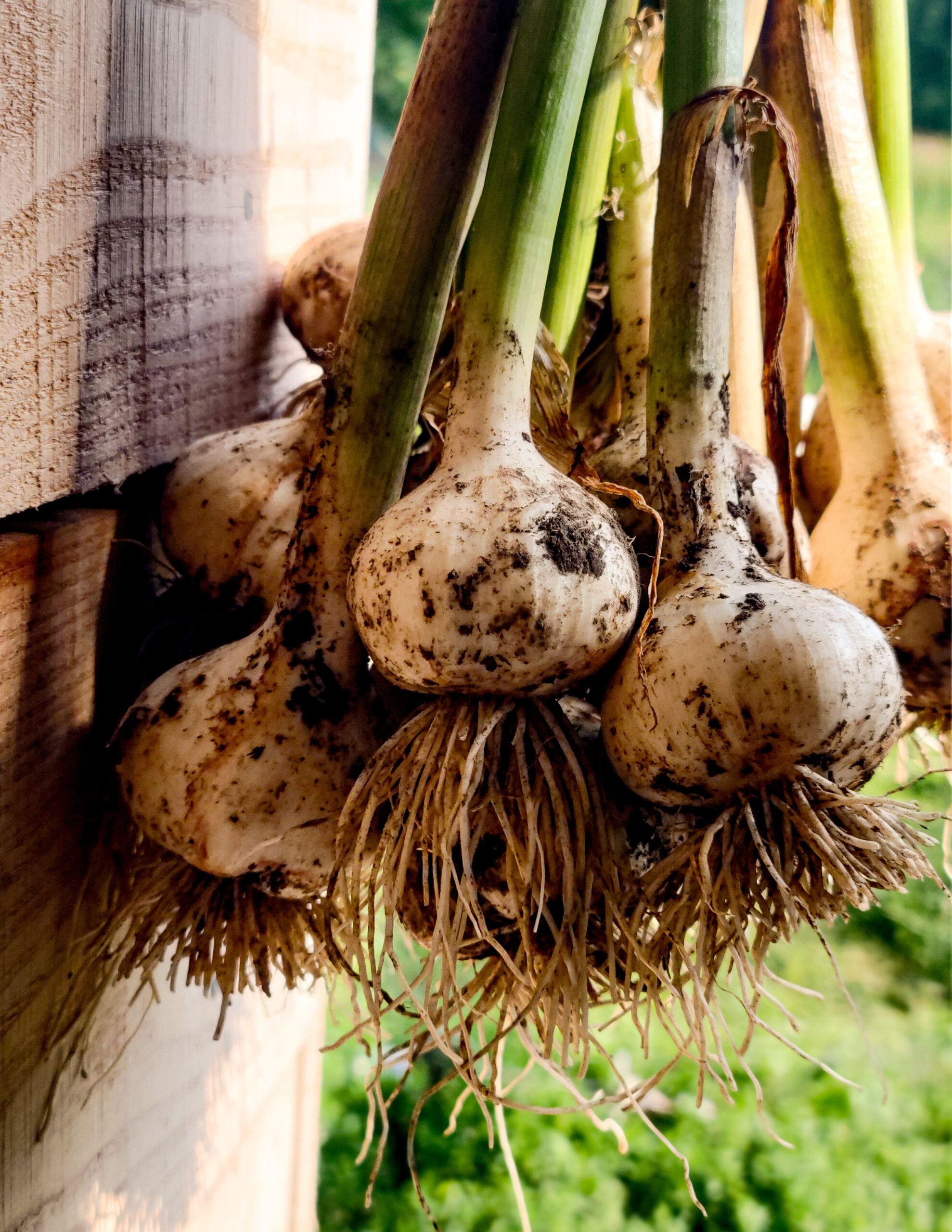
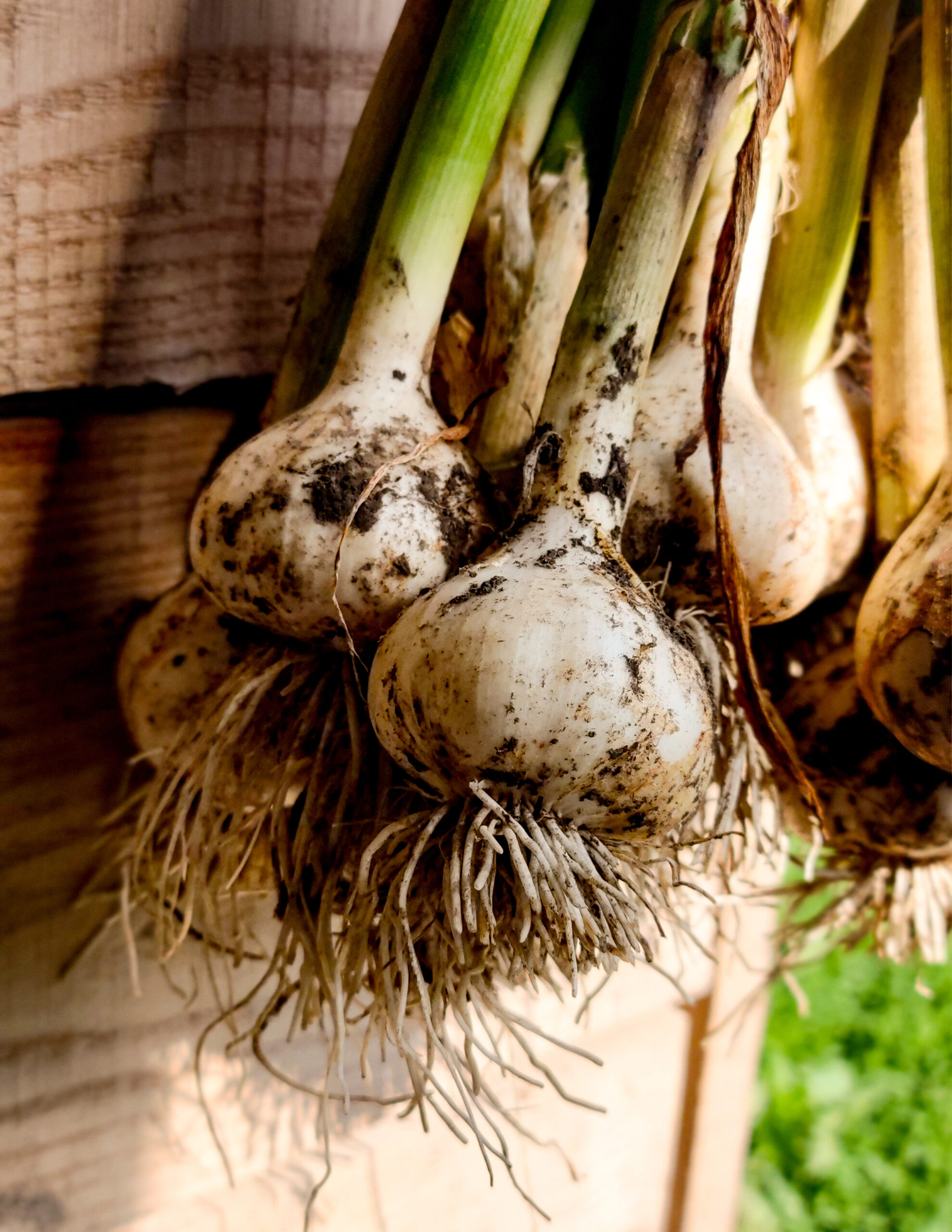
What Garlic is Best for Cooking and Taste Profile:
Choosing a suitable garlic variety for cooking can enhance the flavors of your dishes. Here are some of our favorite varieties and their taste profiles:

- Chesnok Red: Known for its sweet, rich flavor, Chesnok Red is excellent for roasting and baking.
- Romanian Red: This variety has a robust, hot flavor that mellows with cooking, making it great for adding a kick to your dishes.
- Northern White: This milder garlic has a smooth flavor and is perfect for raw applications like salad dressings and pesto.
- Music: Offers a strong, pungent flavor with a hint of sweetness, making it versatile for both raw and cooked uses.
- Armenian: Has a strong, spicy flavor that’s ideal for hearty dishes and long cooking times.
- Italian Red: Known for its well-balanced flavor, it’s a versatile choice for everyday cooking.
- German White: Offers a robust and spicy flavor, excellent for adding depth to sauces and stews.
Harvesting garlic is a rewarding experience, especially when you've nurtured it from clove to bulb. You can enjoy a year-round supply of this essential kitchen staple by planting in the fall, fertilizing with fish emulsion, and carefully harvesting and storing your garlic. With a variety of flavors to choose from, you can find the perfect garlic to enhance all your culinary creations.
Whether you're a seasoned gardener or just starting, growing garlic on your homestead can be enjoyable and beneficial. With proper planning and care, you'll find nothing compares to the taste and satisfaction of homegrown garlic.
Did you enjoy this article? Let me know in the comments below.
We love ordering our seeds from this company

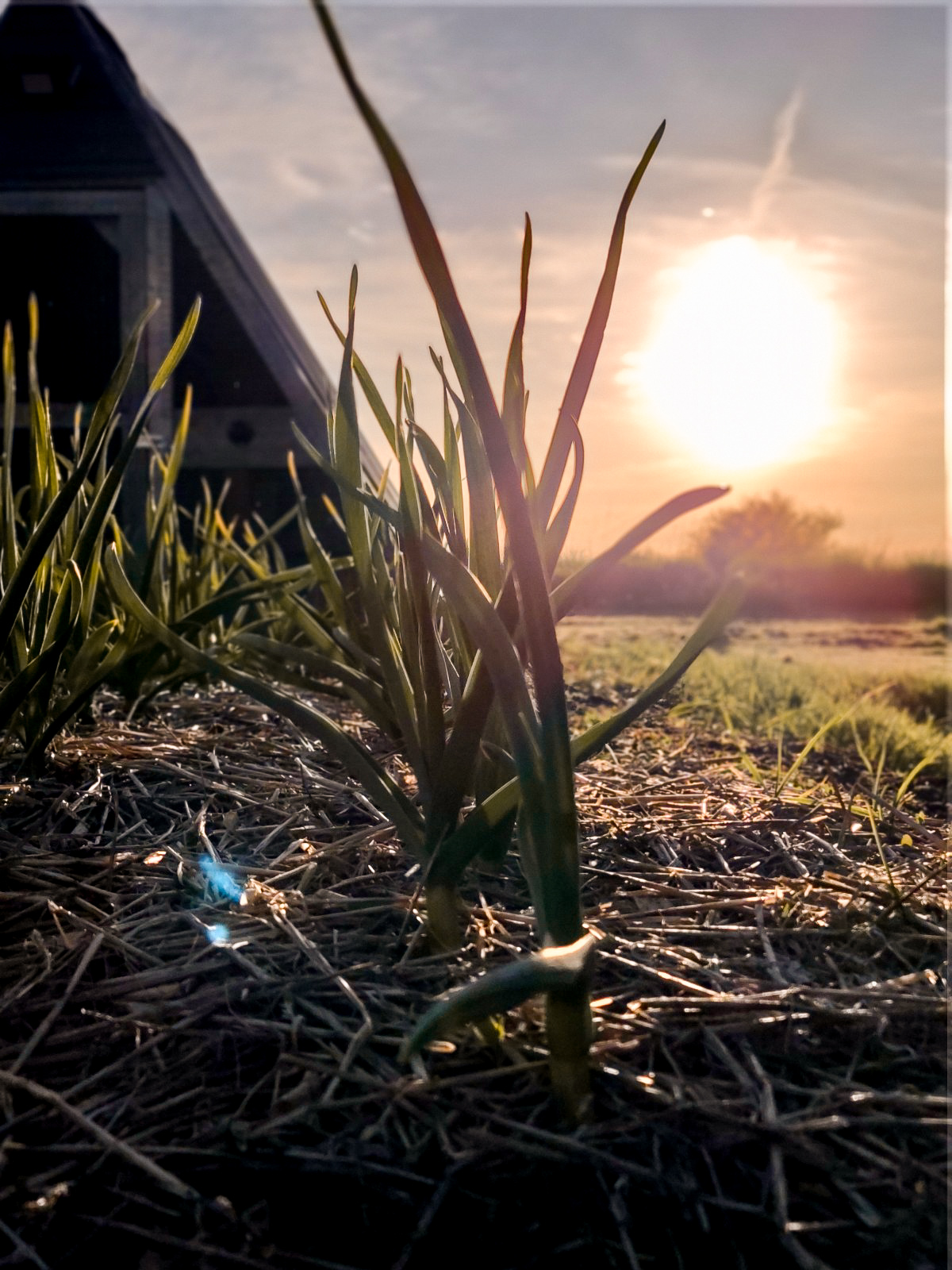
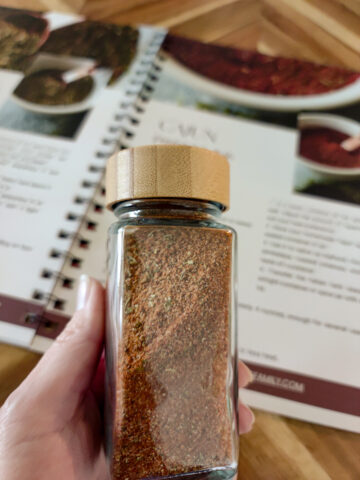
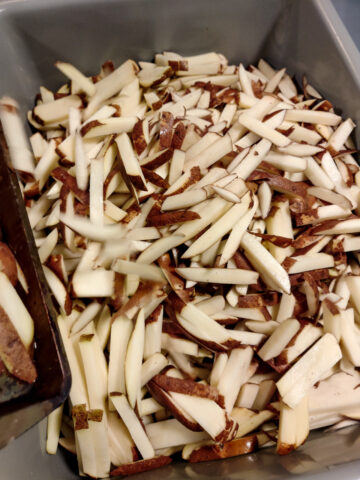
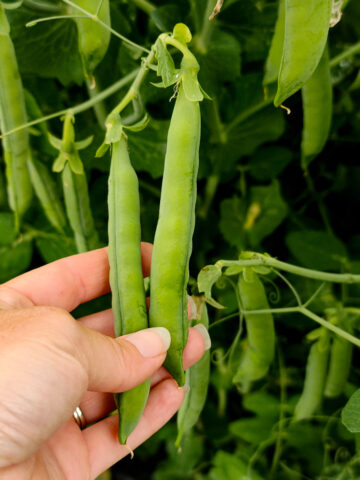
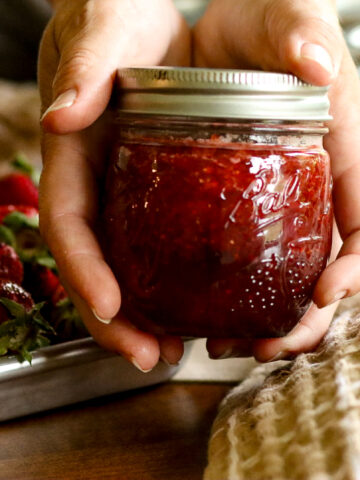
Ralph says
Thank you. Did not know if all the varieties of garlic or the planting and harvest times. Hope to grow a few thus coming year.